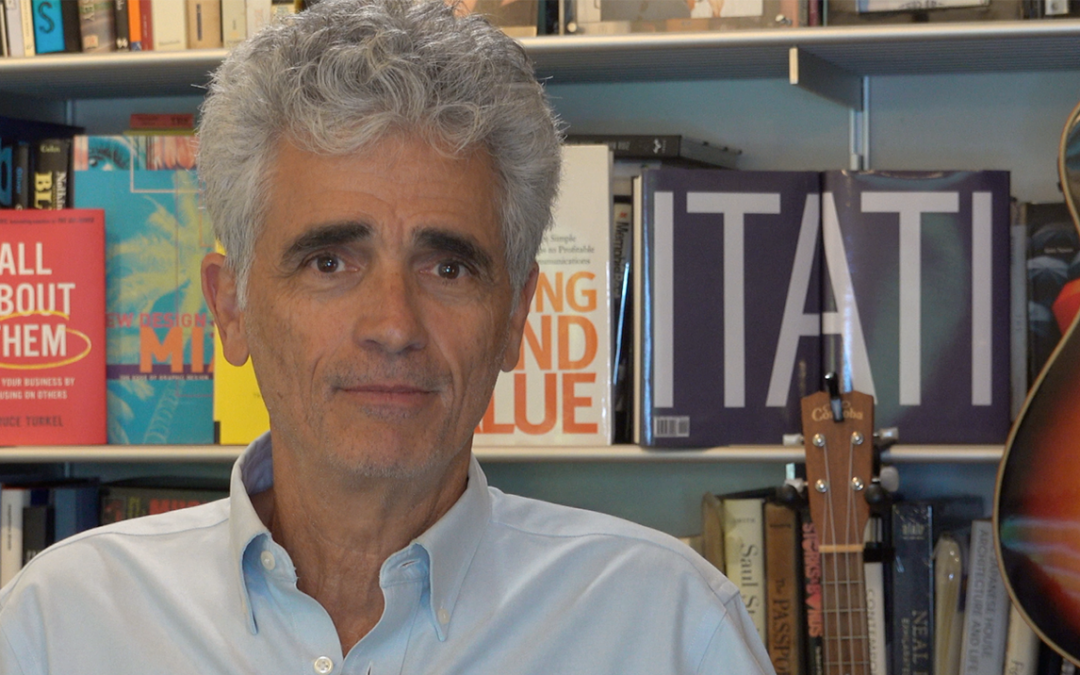Click HERE to watch video.
The Sophomore Slump.
This month marks the 50th anniversary of Elton John’s second album, Honky Château. The record was John’s second release and his first number-one album. But even more impressively, it was followed by six more successive number-one releases.
Today, Sir Elton is among the best-selling artists ever, with over 300 million albums sold and over 50 top-40 hits, including nine number-ones in the US and UK. In addition, he is the first solo artist with top 10 singles across six decades. And he wrote and performed the best-selling chart single of all time, his 1997 Candle in the Wind tribute to Princess Diana, which sold 33 million copies.
John also composed music for Aida, The Lion King, andBilly Elliot. And if that weren’t enough, his current Farewell Yellow Brick Road tour is already the highest-grossing tour of all time.
Of course, I could go on and list John’s awards, his charitable contributions, his knighthood, how his eccentric performance style changed rock and roll, how his civil partnership and marriage to filmmaker David Furnish helped change public perception of same-sex relationships, and so on.
But you get the point.
Elton John is a monumental talent whose creativity, productivity, and social impact seem both unimaginable and incomparable.
Considering all those achievements, this might seem minor. John’s second album release, the now-50-year-old Honky Château, is an even better record than his first – the also great Madmen Across The Water.
The Sophomore Slump.
This phenomenon of the second album being better than the first is so rare that there’s actually a common term for second albums generally sucking – The Sophomore Slump.
Artists as diverse as Metallica, Judas Priest, Mastodon, Ed Sheeran, Gnarls Barkley, and so many more have all been criticized for releasing second efforts that didn’t live up to their original triumphs. And no matter what style of music you enjoy, the Internet is full of personal lists of Sophomore Slumps in your chosen genre.
Some people say Sophomore Slumps occur because an artist’s first effort may have been worked on for years and years, whereas their second release had to be done relatively quickly to take advantage of momentum.
Another reason could be that musicians (or artists, writers, and so on) may have put everything they had into their first shot and then run out of ideas somewhere in the middle of creating the second.
A third explanation could be that creating the second effort is simply not as exciting as the first. Expectations have increased. Routines have become routine. And maybe there’s not as much to prove once a reputation has been established. Or maybe there’s more to prove because a reputation has been established.
Either way, things are not the same.
The Sophomore Slump.
When I was in design school, we were not permitted to turn in one single solution to a design problem. Instead, we had to show a campaign of at least three connected concepts. The explanation was simple:
- One good solution was beginner’s luck.
- Two good solutions could be a coincidence.
- Only three or more good, related solutions revealed the truth behind the idea.
Elton John has proven that the truth of his greatness is neither beginner’s luck nor a coincidence.
How well do your solutions measure up?


I actually ran my answer through CHATgpt. Here’s what it said:
My solutions simply do not quite measure up, sadly.
There was, however, this one time in band camp when I suggested to the director of drumlines that all drummers tape their fingers to prevent chafing from the intense heat and humidity out there on the football field one late August afternoon.
Aside from that, none of my solutions ever saw the light of day.’
I’m a bandcamp kid too, DC — trumpet.
I loved it.
We had to hold our horns with washcloths or rags so the sweat on our hands didn’t take the silver coating off our valves.
Love this!
Thank you Randy!!